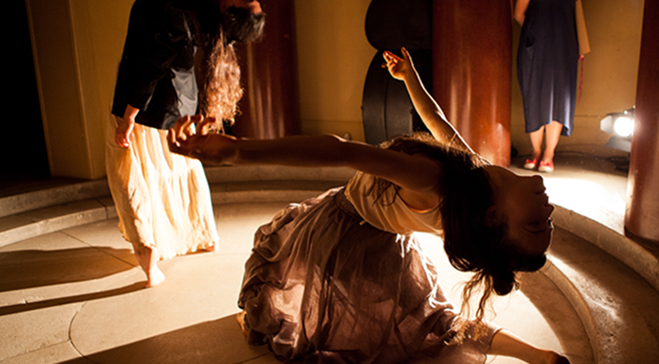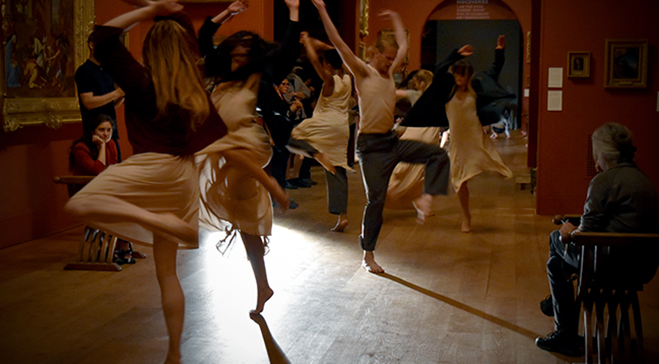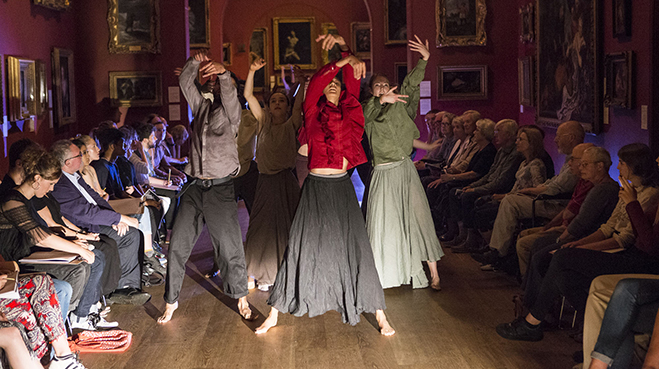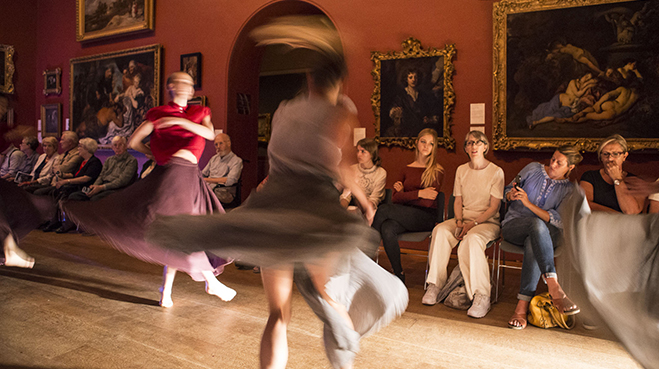Get to know the creative mastermind behind Exodus
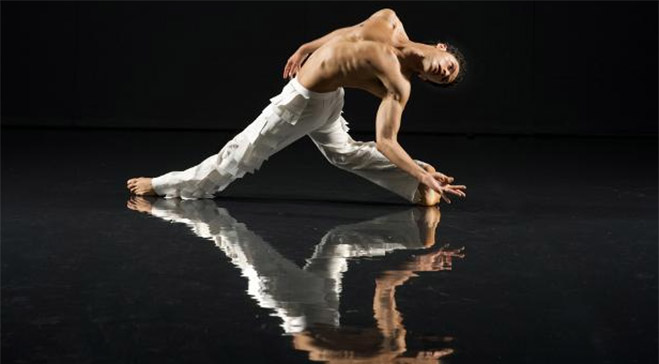
Following the overwhelming success of last year’s performances of Prud’hon: The Moving Body, Dulwich Picture Gallery welcomes back Dane Hurst and Company for another series of spectacular evening shows, this time inspired by the apocalyptic painting The Deluge by Winifred Knights, whose major retrospective is currently on display.
Capturing the dramatic tension and energy of the painting, Exodus will invite the audience to discover intimate vignets throughout the Gallery spaces before culminating in an explosive finale down the central Gallery space.
Lee Coppack, editor of our member's magazine, In View, caught up with Dane for an exclusive interview ahead of the event.
What was your first reaction to the space at the Gallery?
I was struck by the extended length and narrow width of the central atrium space as this immediately gave you a sense of depth, and yet you were always within close proximity to the paintings no matter where you stood.
Exodus is inspired by Knights' most famous work, The Deluge - what were your first impressions of the painting?
The amount of movement and shape in The Deluge is very striking. It is strongly reminiscent of dance masterpieces created during the period between the wars, in particular the 1937 masterpiece Dark Elegies by Anthony Tudor. At the same time, it is close to what is happening right now with so many people leaving their countries and moving.
Can you tell us a bit more about what the evening will entail?
I want to bring to life the movement captured within the escaping figures in the painting. The evening will consist of a series of intimate dance sketches specifically choreographed to exist within different rooms in the Gallery and culminating in a full dance performance where all the characters will flow towards the central space in a physical portrayal of the dramatic tension and energy in The Deluge.
Are there any challenges or opportunities that arise from staging a dance production within the space?
For dance, the space poses certain challenges in terms of how spectators can observe the performance from one end of the room to the other without losing the energy and essence of the work. This is a choreographic challenge but also an opportunity allowing for the dance to adopt a different dynamic quality. Most dance works are viewed from one fixed position and there are usually great distances between dancer and spectator. However, the intimate space at Dulwich allows for an up close and personal experience, where audiences can see every facial expression, every twitch of a muscle and hear every breath or exhalation. This is a visceral experience and to me, how dance should be experienced.
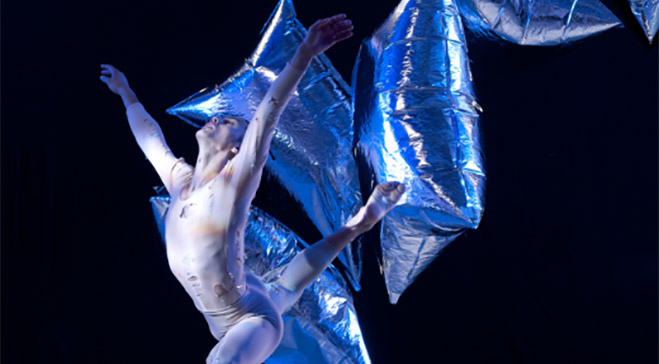
What sort of interaction will there be between the dancers and the observers?
The interaction I envisage is related to the proximity and intimacy of the dance within the building. Observers will have the opportunity to move freely within the space, viewing different narratives unfolding within the different rooms. They can follow the dancers as they move between rooms and develop their journey within the work.
Will you also film the performance?
Filming live performance is an essential part of the practice both for historical purposes and for documentation. Live performance is meant to be experienced in the moment, but the outcome of the moment needs to be captured, saved for future observation and creative research purposes.
Read the full interview in the latest edition of In View magazine, available to buy at the Gallery. Alternatively, become a Friend of the Gallery and receive a copy three times a year.
Click here for more information and to book tickets

